AMMAN — As the most accessible
Middle Eastern capital for tourism nowadays due to instability in the surrounding countries, Amman is a must-see for its archaeological sites and lifestyle that make an excellent representation of all of Jordan.
اضافة اعلان
With a population of 4 million, Amman is the capital city and the economic, political, and cultural center of the Hashemite Kingdom
of Jordan.
Hence, Amman hosts two of the country’s three airports, the largest number of hotels, the most efficient transport system, and other facilities and services tourists would need.
It has become one of the most popular Middle Eastern destinations for international students seeking to live and learn Arabic.
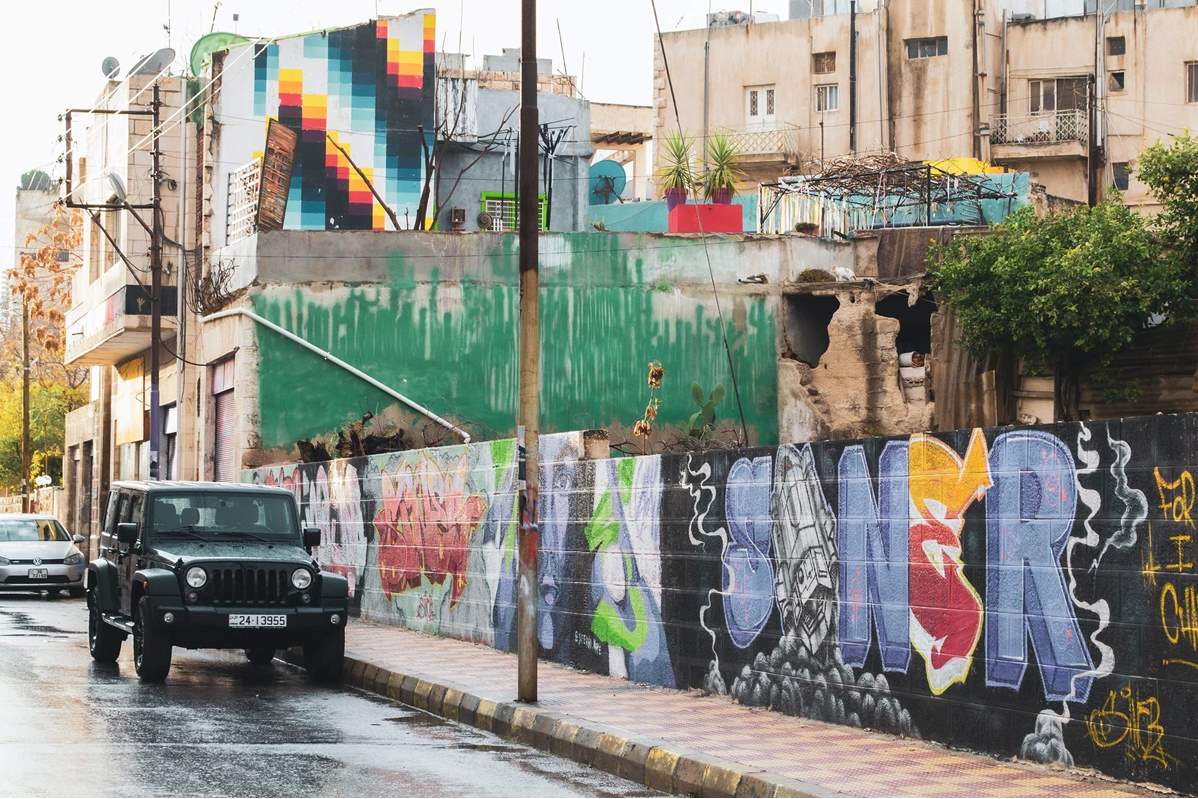 (Photo: Unsplash)
(Photo: Unsplash)
In Amman, visitors can experience all the aspects of Jordanian life and even those of other Arab countries as Amman has always been the harbor for refugees coming from neighboring regional conflicts.
Within the same city, tourists can stroll from the traditional Middle Eastern downtown and its old fashioned cafes to fancy Western-style restaurants and shopping malls.
Although it is described as a young city that emerged in the twentieth century, Amman’s history goes back to the ninth millennium BC.
Amman is biblically known as Rabath Ammon, the capital of the Ammonite kingdom that existed during the Iron Age, spanning the area from the Zarqa River in the north, the Jordan River in the west, and the plains of Moab in the south.
But Amman is much older than that. It is home to Ain Ghazal, one of the oldest and largest Neolithic cities in the region (7,000 BC), and remarkably the most advanced among contemporary settlements.
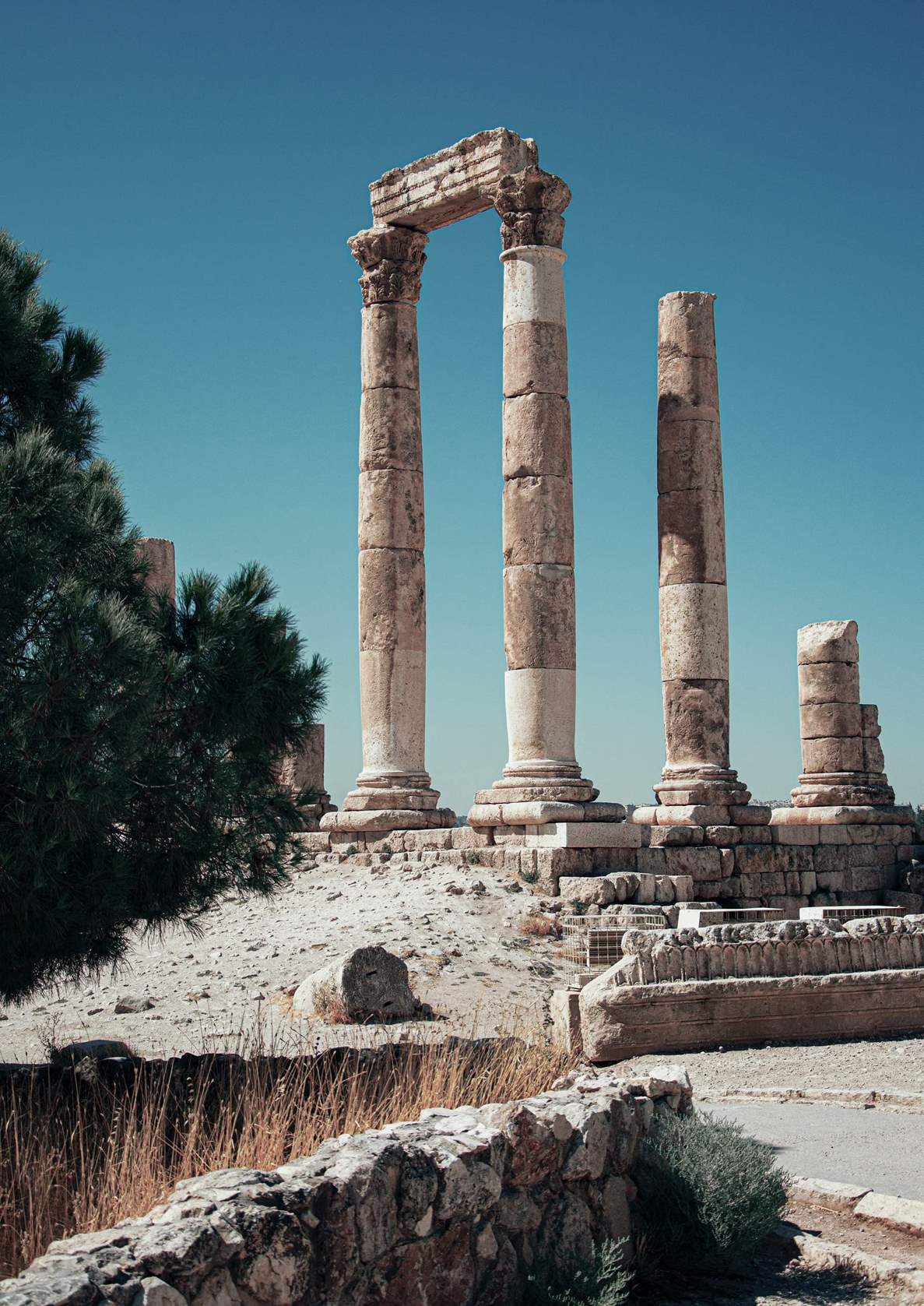 (Photo: Unsplash)
(Photo: Unsplash)
In 1983, in Ain Ghazal, archaeologists discovered a large number of statues made of plaster and decorated with colors (mainly black bitumen from the Dead Sea).
These statues, which date back to 6,750 BC, have gained fame across the world for many reasons. They are especially known as the first example of chemical industry in history, as the process of making plaster requires heating limestone up 600°C.
Archaeologists are still uncertain about the purpose for which the statues were made, but it worth noting that they were found in a central public building that is thought to have served as a temple.
They are also second earliest large-scale representation of human in the world.
For the Greek period (332 BC–63 BC), Amman has the only Greek-era building in Jordan called Qaser Al-Abed and located in Iraq Al Amir.
According to archaeologists, Qaser Al-Abed was built around 187 BC by Hyrcanus, a Ptolemaic tax collector, who belonged to the Ammonite family of Tobiad.
Being more of a castle than a palace, Qser Al-Abed is made of the largest stones in the Middle East, with some of them measuring up to 7 meters long.
The palace sits on a hill that was surrounded by a lake as part of its defensive design. There, tourists can still see carvings of animals adorning the walls of the palace.
The most popular attraction in Amman is an archaeological site known as the Citadel, one of Amman’s seven main hills that holds ruins from all the main historical periods.
A visit to Amman is incomplete without exploring at the Citadel for not only does it contain significant ruins and artifacts but also provides a fantastic panoramic view of Amman.
The Citadel’s name was given to it by the locals in the twentieth century, as the hill is surrounded by an ancient wall, which made it look like a castle.
The site is divided into areas according to historical periods. The oldest being the Bronze and Iron Age caves.
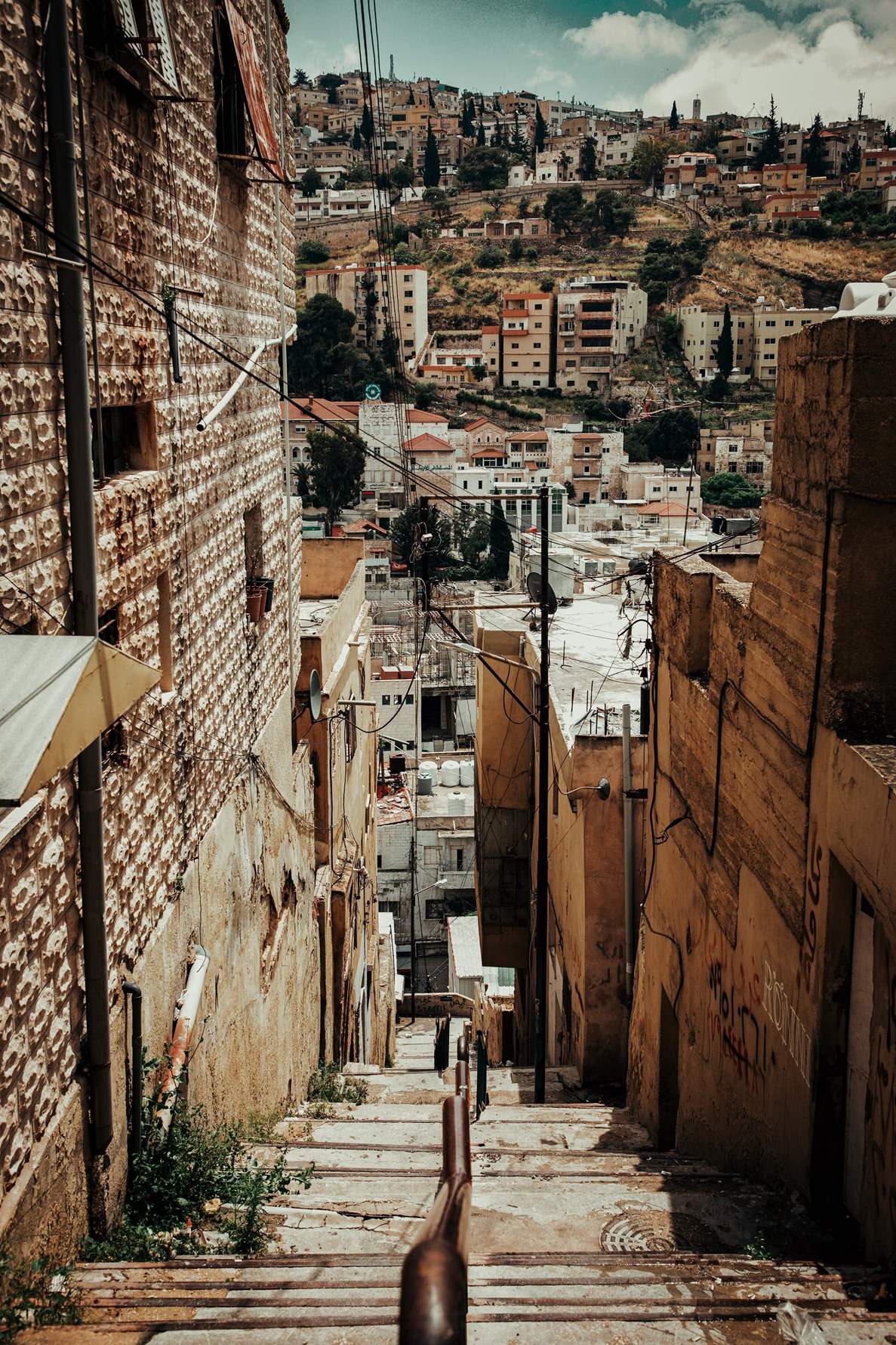 (Photo: Unsplash)
(Photo: Unsplash)
In the middle of the citadel stands the Temple of Hercules, built at the city’s acropolis (the highest point). The temple belongs to the Roman era when Amman was known as Philadelphia.
Philadelphia was part of a Roman confederation of cities known as the Decapolis, which comprised 10 cities, six of which are in Jordan. These are: Philadelphia (Amman), Gerasa (Jerash), Gedara (Umm Qais), Capitolias (Beit Rass), Pella (Tabaqat Fahel), and Abila (Qweilbeh).
At the Citadel, the Byzantine era is represented by a church that dates back to sixth century.
Among the landmarks of Amman is the dome that tops the Umayyad reception hall, which is a wooden reconstruction of the original dome built back in the eighth century.
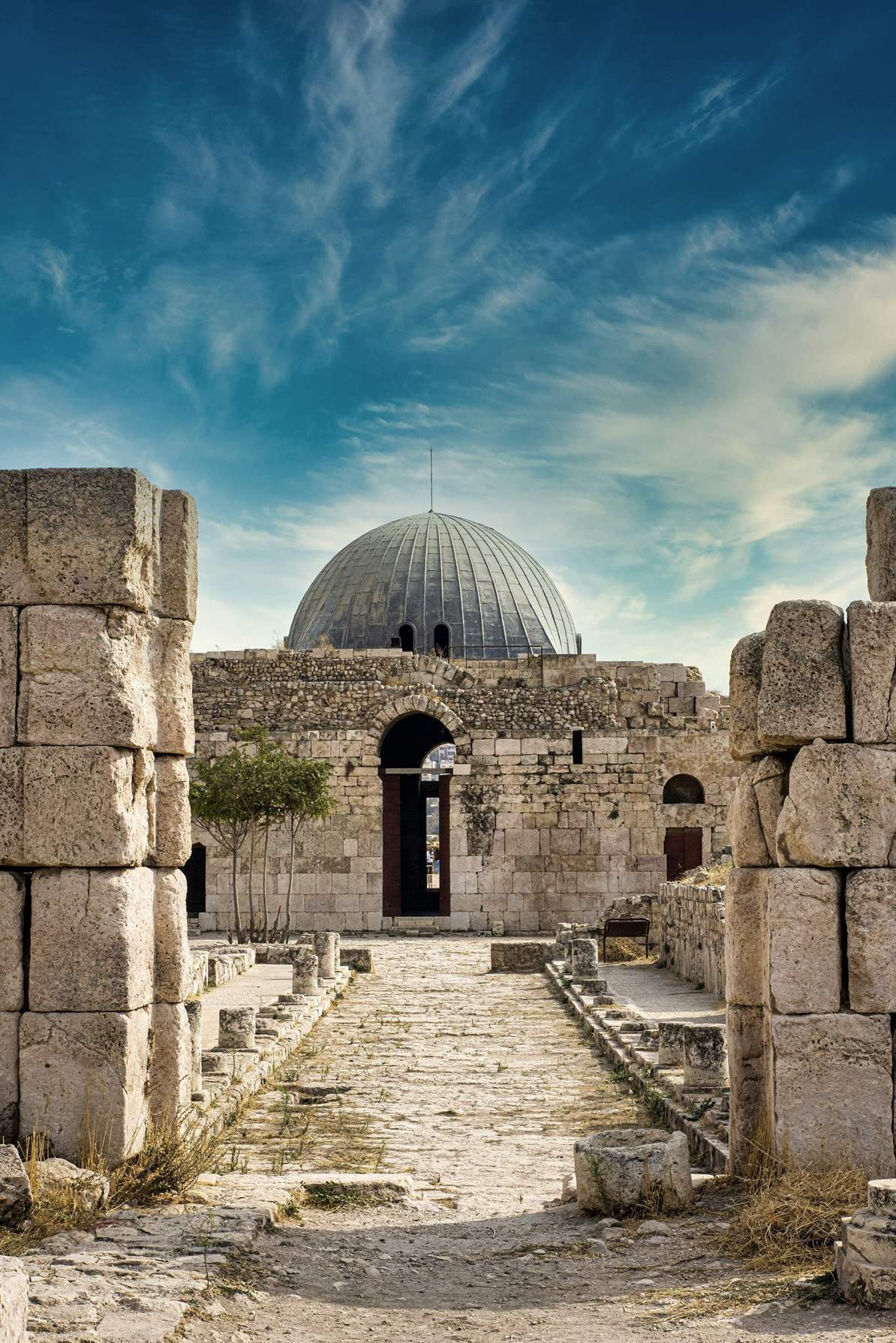 (Photo: Unsplash)
(Photo: Unsplash)
Next to the hall is a large mosque and the governor’s palace, both of which belong to the Umayyad period.
In the middle of the site lies the archaeological museum, a small but rich museum that hosts artifacts from across Jordan representing all historical periods.
The Citadel overlooks the Roman Theater, the most obvious monument in downtown with a capacity of 5,000 spectators, making it the largest ancient theater Jordan.
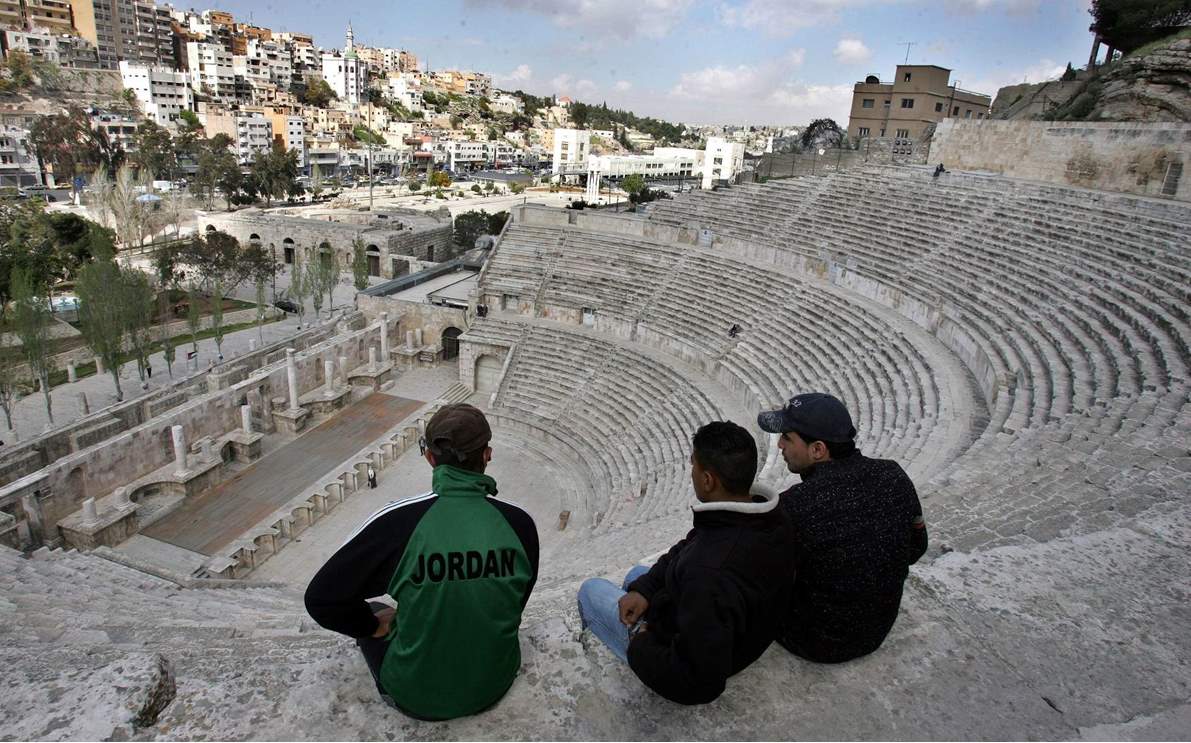 (Photo: Unsplash)
(Photo: Unsplash)
Divided into three main tiers, the theatre is topped by a temple dedicated to Athena, the protector goddess of Philadelphia.
The theater is still in use, and hosts music concerts and theatrical performances, particularly in the summer.
Outside the Roman Theater is the smaller one called the Odeon which is thought to have been used for small performances of poetry and prose.
Amman entered the Muslim era in 636AD during the Muslim conquest of the Levant.
In the eighth century, Amman was struck by the Galilee earthquake which caused significant damage and ushered in the era of abandonment.
After a thousand years of emptiness, Amman was re-inhabited in 1876 by the Circassians.
There are several historical attractions that are located on the outskirts of Amman, such as the Cave of the Seven Sleepers.
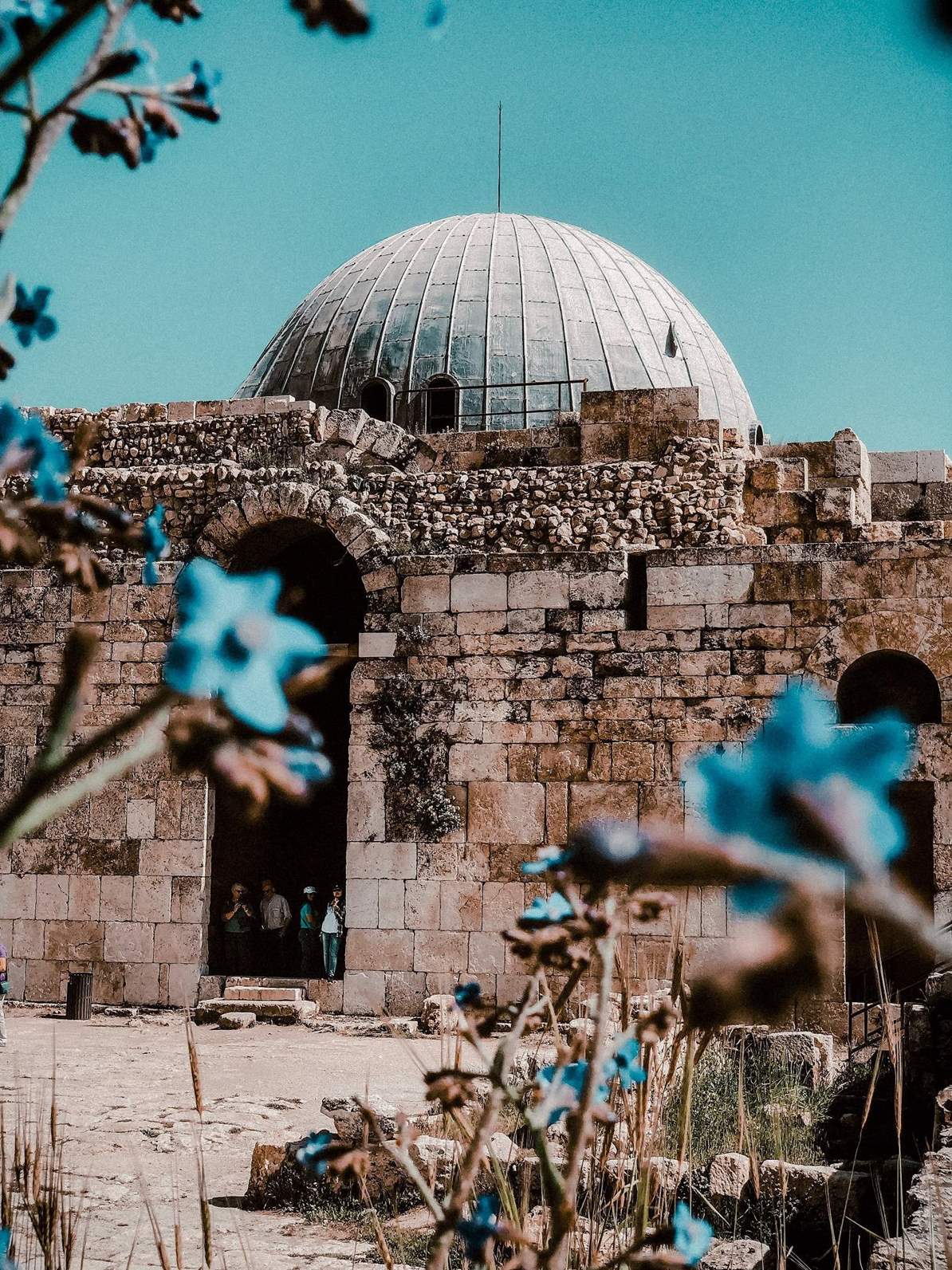 (Photo: Unsplash)
(Photo: Unsplash)
Mostly visited by Muslims, the cave is believed to have hosted a number of believers who escaped persecution during an undefined period; some believe it happened in the time of the Roman emperor Diocletian.
The story is told in the Quran, in a surah named Al-Kahf (the cave), saying that they slept for 309 years but leaving their number undefined.
The site consists of the cave which contains eight tombs, two ancient mosques, and a Byzantine cemetery.
Heading to south towards Queen Alia International Airport, visitors can explore one of the largest desert castles in Jordan called Al Mushatta.
Built in the eighth century, Al Mushatta served as a winter lavish palace for Umayyad caliph Walid II, who was assassinated during the construction of the palace.
The palace contained stones with elaborate ornamentation that were given as a gift by the Ottomans to the Germans in 1903.
Among the attractions that are highly recommended to visit in Amman, is the Jordan Museum, which was built 2014 and is one of the best museums in the Middle East.
It hosts most of the important artifacts found across the country, which are shown in a chronological sequence that also provides an educational experience.
Among the most significant artifacts that are on display are the statues of Ain Ghazal, the Dead Sea Scrolls, and a collection of animal bones that are 1.5 million years old.
A must-do activity in Amman taking a walking tour of downtown Amman, where visitors can indulge in a real Middle Eastern experience.
A walk there usually includes several street food stops for knafeh, Hashem Restaurant for hummus and falafel, and Al-Quds Restaurant for mansaf (Jordan’s national dish). If done during the day, you’ll tour tradictional markets selling vegetables, too.
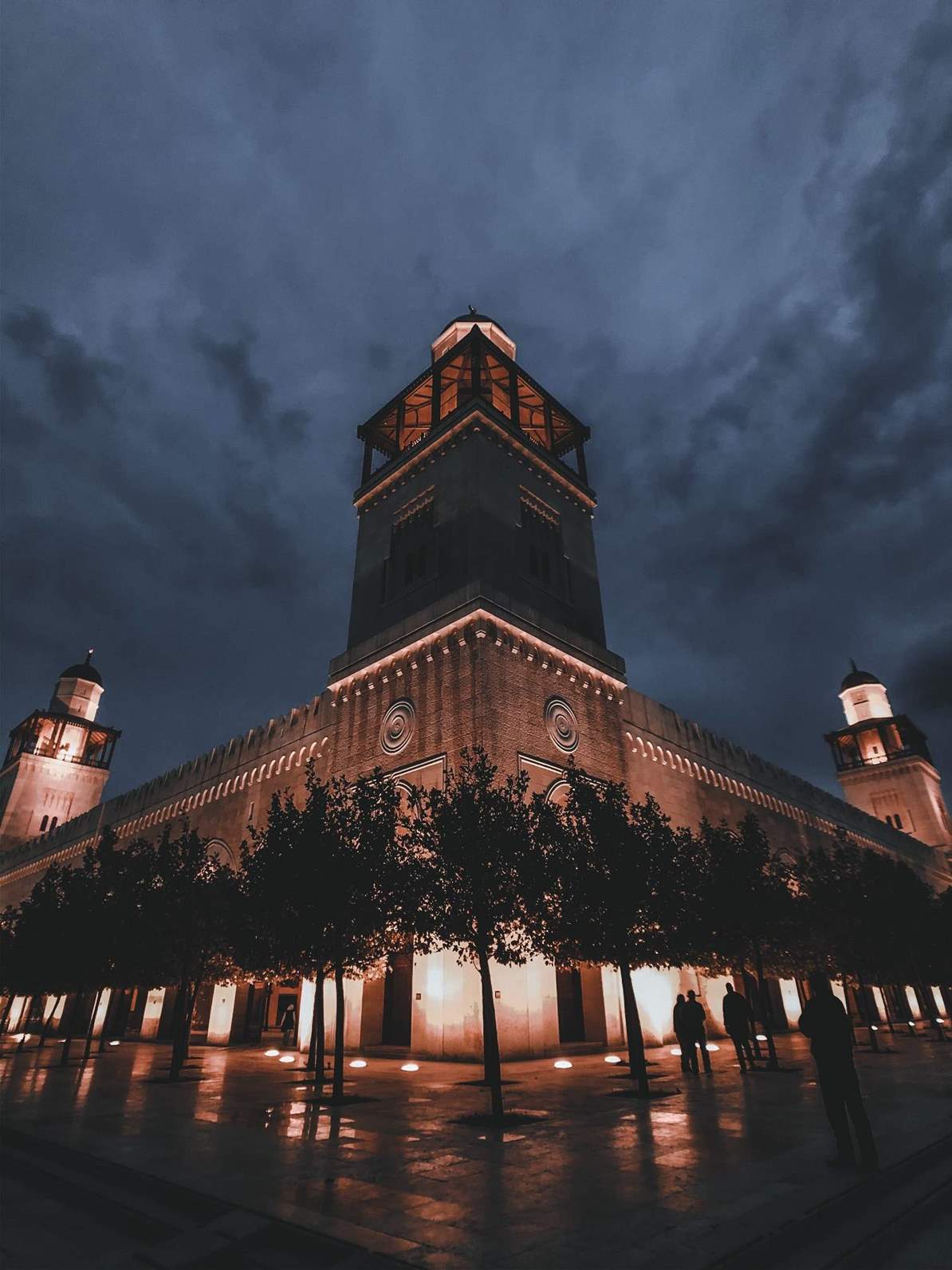 (Photo: Unsplash)
(Photo: Unsplash)
One of the landmarks of Amman’s city center is the Grand Husseini Mosque, which dates back to the seventh century. It was rebuilt in the 1920s and became Jordan’s main mosque.
There are two mosques that are prepared for foreign visitors, which are King Abdullah I and King Hussein mosques.
Built in 1989, the King Abdullah Mosque is easy to recognize by its well-known blue dome.
The King Hussein Mosque is considered the largest mosque in Jordan and is visible from most of areas in Amman.
Rainbow Street is one place in Amman visitors cannot miss. A popular street, Rainbow is lined with cafes, restaurants, and viewpoints that brings together tourists and locals.
Read more Lifestyle







